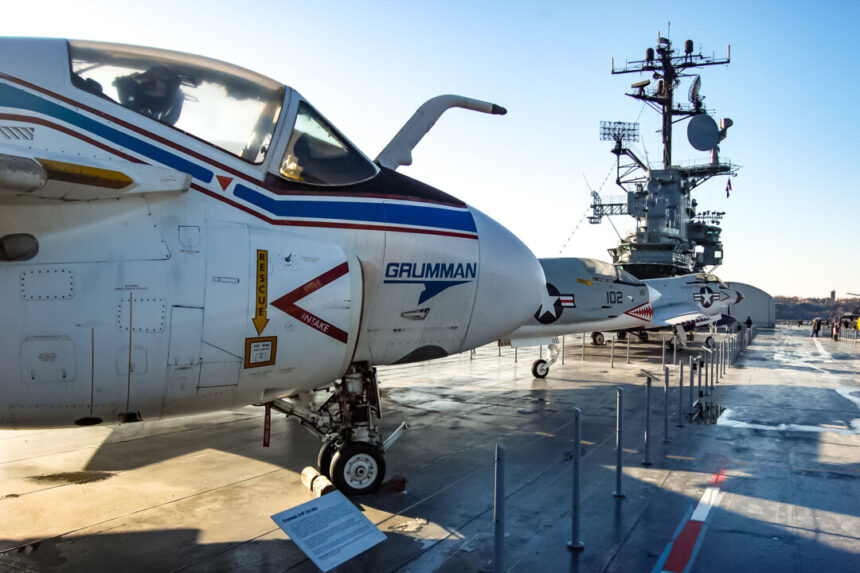The A-6 Intruders could have delivered more ordinance at a lower cost compared to the multirole planes we currently use. The Navy had to rely on less capable aircraft after retiring the A-6, resulting in reduced range and payload for ground strikes. Even the advanced F-35C falls short in comparison to the A-6E Intruder in terms of payload and combat radius. The F-35C’s stealth advantage diminishes when loaded externally, affecting its combat radius. While the F-35C can access areas without air dominance, newer air defense systems pose challenges. Multirole fighters like the F-35 would require extensive SEAD operations against peer competitors before ground strikes. However, the A-6F Intruder II, with upgrades, could support air defense missions using cooperative engagement capability technology. Although modernizing retired A-6 Intruders could enhance their capabilities at a lower cost, the practicality is hindered by the Navy’s decision to scrap them.
In 2005, there were still 196 A-6Es mothballed at Davis-Monthan Air Force Base. However, by 2017, the Navy made the decision to scrap all but two of these highly capable airplanes, effectively eliminating any possibility of bringing back the A-6E.
The A-6E attack plane was known for its excellent stability and was designed to excel in its specific role. Despite the Navy’s recognition of its capabilities, the shift towards multirole aircraft, defense budget cuts following the dissolution of the Soviet Union, and the pressure to invest in new multirole jets led to the premature end of the A-6E’s career. Its base capabilities have yet to be matched by any other aircraft.
Please note that the views expressed in this article are the opinions of the author and may not necessarily align with those of The Epoch Times.
Source link





